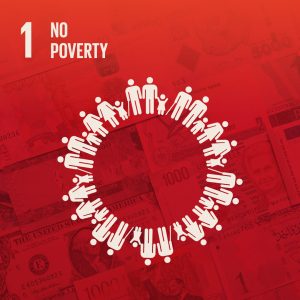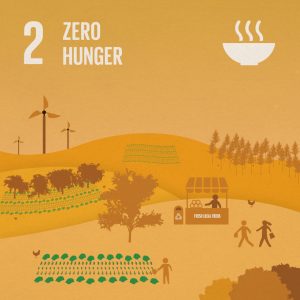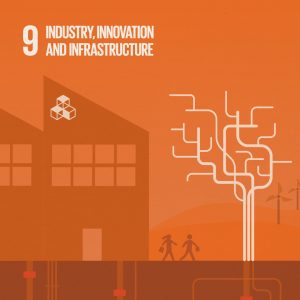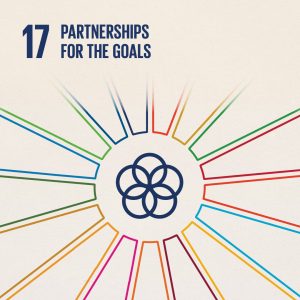“A successful development agenda requires inclusive partnerships — at the global, regional, national, and local levels — built upon principles and values, and upon a shared vision and shared goals placing people and the planet at the centre.” ~ Sustainable Development Goal 17
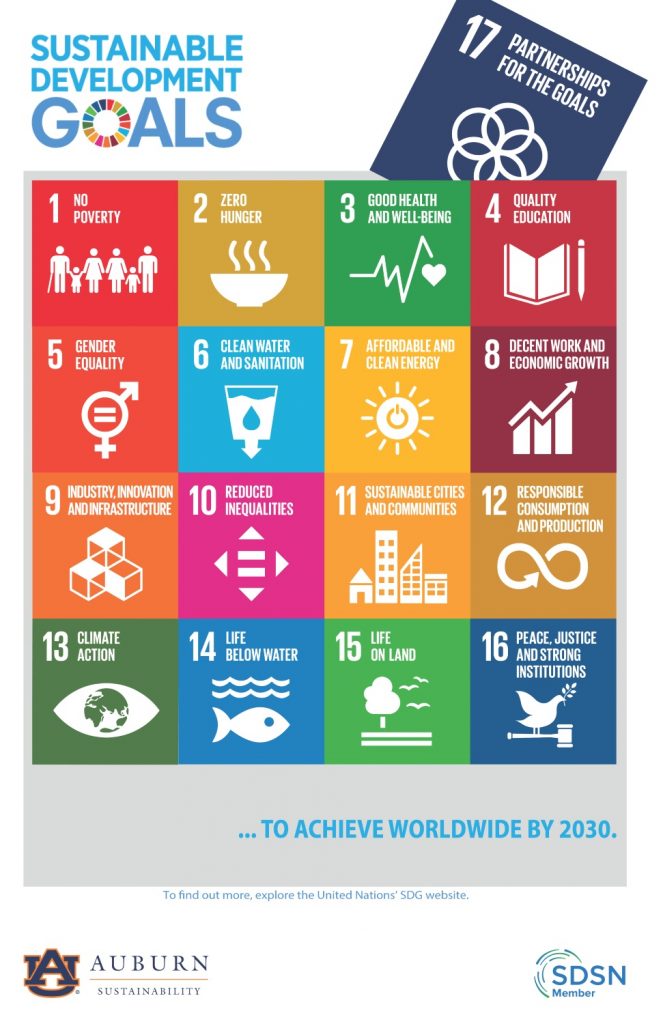
The 17 Sustainable Development Goals are a call to action to achieve worldwide by 2030.
As the 2021-22 academic year kicks off, this column continues from last year the exploration of the global Sustainable Development Goals (SDGs), created by 193 nations under the auspices of the United Nations. The topic this month, SDG 17 Partnerships for the Goals.
It may seem strange that “Partnerships for the Goals” is a goal itself, as it is quite different from the rest of the goals, which target issues like hunger, gender, poverty, climate, justice, and so on. But Goal 17 recognizes that none of the SDGs can be achieved without partnerships of all kinds. None of these goals can be achieved by individual organizations or governments on their own, and none of them can be attained in isolation from other goals.
Inherent in SDG 17 is the assumption that people CAN work together across differences to achieve mutually beneficial goals. Achieving the 17 SDGs would certainly benefit every living thing on Earth.
But let’s face it. Partnership is all too uncommon these days, especially in arenas where goal-achieving policy changes must be made.
The economic, social, political, environmental, and personal challenges we face are extraordinary in their daunting complexity and seeming intractability. It is understandable that people are fearful, anxious, and feel out of control. Desperate people look for simple answers and someone to blame, and there are always those willing to fan the flames of fear and anxiety, offer simplistic solutions, and point fingers at others to serve their selfish purposes. We can witness this behavior all around.
What is so needed is not scapegoating and ideological arguments, but an open exchange of ideas explored from a shared foundation of mutual respect and a sincere intent to make things better, for everyone. Achieving the SDGs demands ideas that create new possibilities and new ways of acting, ideas that light a path beyond the status quo.
Ideas, not ideologies. Paul Hawken masterfully explains the distinction: “What unifies is ideas, not ideologies. There is a vast difference between the two; ideas question and liberate, while ideologies justify and dictate.”
Systems thinking, not simplistic thinking. Systems thinking gets beneath the surface, opening our eyes to see how things relate and how systems function, which is often counterintuitive, different from what we assume. Simplistic thinking is a siren song, offering clear, simple solutions to complex challenges. But as H.L. Mencken observed, ‘for every complex problem there is an answer that is clear, simple, and wrong.’
Only through partnership can we see systemically and generate the sophisticated, innovative ideas we need. Only by working together in good faith can we have any hope of surviving and thriving.
What might those partnerships look like?
In 2008, four senior leaders with the international consulting firm Booz Allen Hamilton published the book Megacommunities: How Government, Business and Non-Profits can Tackle Today’s Global Challenges Together.
Their first chapter is titled “An Interdependent World in Crisis.” They list a set of issues they describe as “massive public and private challenges:” Climate change, cybersecurity, preparing for pandemics(!), terrorism, water scarcity, aging populations, obsolete urban infrastructure, and sustainable energy.
The authors are convinced that the only way to deal with these and other critical issues like the global grand challenges addressed by the SDGs is by creating megacommunities, which they define as “…communities of organizations (in all three sectors of society: business, government, and civil society – ed.) whose leaders and members have deliberately come together across national, organizational, and sectoral boundaries to reach the goals they cannot achieve alone.”
They explain that a megacommunity isn’t just a mechanism; it’s also a mindset. It requires “solving problems by building everyone’s capabilities to think about those problems together.”
According to the authors, people in megacommunities manifest these characteristics, values, and behaviors. They:
- Are committed to optimizing for all, for the whole, not maximizing for any specific sector or actor. “Winner takes all” zero-sum strategies are fatal.
- Listen and learn. They seek to understand each other; they are committed to understanding differences in motives and values.
- Are adaptive, open to new learning – which means they are willing to change their minds when new insights, new information, and changing circumstances occur.
- Appreciate the importance of investing in relationships and connections within and across boundaries, and they understand that building relationships takes time and must be done with intention and sincerity.
- Realize that all three sectors, business, government, and civil society, are equal partners, each one necessary to form a three-legged megacommunity platform upon which to create and transform.
- Look beneath the surface of events to see patterns and trends, systemic structures that drive outcomes, and foundational mental models that determine how individuals and organizations operate in the world.
- Understand that there is no endpoint, that steady and constant interaction and negotiation among members is “an absolute necessity.”
- Strive for complete transparency in all interactions; are honest, open, and sincere in all communications.
- Are committed to building a foundation of trust.
None of these characteristics, values, and behaviors are a surprise. It’s not like we’ve never heard of them. On the contrary, we know them, know how to do them, have behaved in alignment with them ourselves, and have witnessed others doing the same. What’s more, it is stimulating, fun, and productive to do so.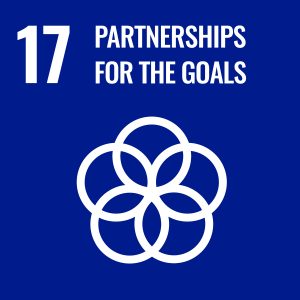
It’s past time to turn from those whose behavior is the opposite, whose words and intentions shred the possibility of partnership and blind us to all the shared interests and opportunities before us.
It’s past time for each of us to embrace these humane ethics and behaviors that speak to and ask for the best in us. And it’s way past time to select as leaders and spokespersons only those who behave this way themselves.
Goal 17 calls on us to be network weavers, to create webs of shared interests and shared effort, networks that can restore both the health of democracy and our individual and collective prospects in a better world.
Learn about the SDGs & AU and our contributions related to this post.

